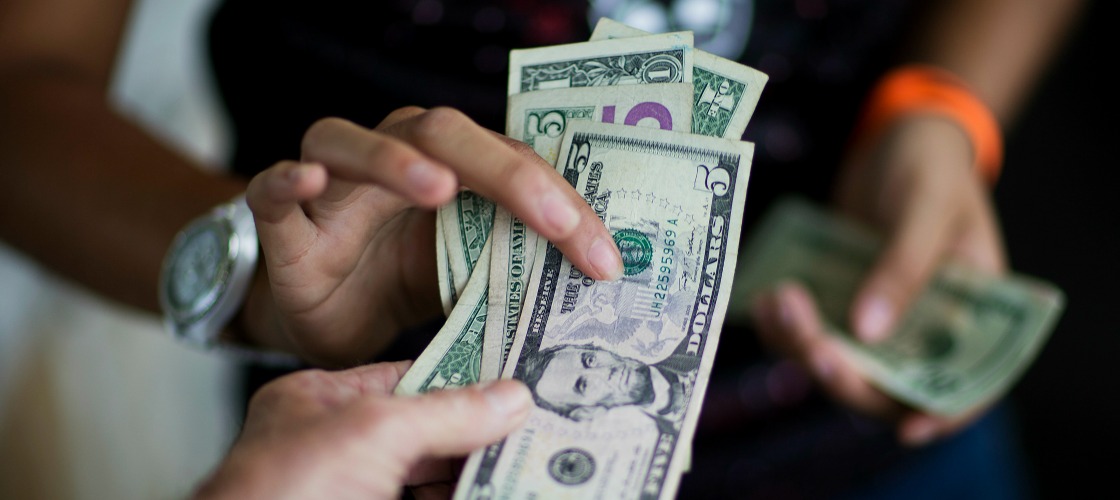Lots of people have a problem with impulse spending. It can be difficult to stop the urge to treat yourself once you’ve found something that you love, whether it is an expensive iPhone or a cheap, tasty bar of chocolate.
Sometimes people manage to resist their urges and put the item down, but a lot of the time they give in and end up buying it. They feel great at the time, but when it comes to the end of the month and bills are due they often start to regret their purchases.
Thankfully it is easy to get rid of impulsive urges with a few simple tips and strategies.
If you’re spending has been affecting your finances, try these 6 methods to stop impulse spending.
Plan your purchases in advance
Impulse spending is more likely to happen if you don’t have a set list before you start shopping. Next time you go shopping make a list beforehand, so that you spend your time looking for the items that you actually need. This helps you to make deliberate purchases rather than impulsive ones!
Chief Editor and Co-Founder of MindShift.money, Makaylah Rogers, uses an app called “AnyList” every week for her shopping list! It works wonders!
Buy in store instead of online or at the mall
If you need to buy food the best option is to shop at a place that only sells food; if you see lots of other items that you don’t need you are more likely to impulse spend.
For example, if you do your food shop in a large mall you might be tempted to check out a sale in a clothes shop, or you might decide to treat yourself to a new accessory if you walk past an Apple store.
The same rule applies to shopping online, as many websites show you other items that you can buy – and it is all too easy to quickly buy something online!
Online stores also create a sense of urgency when selling products, encouraging people to think that they have to buy a non-essential item now before sales end or the item runs out of stock.
Get rid of your credit card
If the thought of available credit makes you want to splash the cash, you may benefit from getting rid of your card.
It might feel good when you first buy the item, but there’s a good chance that you will regret it when your monthly bill arrives.
Create a wait-list for non-essential items
Not all items were created equally; while food is an essential monthly purchase, a new pair of shoes isn’t.
Create a wait list for any non-essential items that you are tempted to buy, and wait until 30 days has passed to buy it.
If you still want the item after 30 days you can buy it, but you will find that a lot of the time you no longer want to buy it; maybe you will have talked yourself out of the purchase, or maybe you found a cheaper alternative.
This method means that you can still treat yourself to the items that you desire, but you won’t end up wasting money on something that you don’t actually want.
Extra Tip: Create a separate account specifically for Non-Essential items and every month choose an amount to allocate to that account. Then commit to only spending the money in that account, and if you want to purchase something more expensive then the money you have saved in your Non-Essentials Account, you will need to wait.
Don’t go shopping when you are in a negative mood
(or if you are hungry or thirsty)
If you go shopping when you are feeling low you are more likely to buy something that you don’t need to in an attempt to cheer yourself up.
The same applies to a food shop; if you are hungry or thirsty when you do your weekly shop it is more likely that you will buy junk food or fizzy drinks.
Save your shopping for when you are in a good mood and you will make much better (and cheaper) choices!
Set saving goals
If you have saving goals in place you are less likely to spend money unnecessarily as you have other financial priorities.
You want to save for two purposes;
- Your Pay Your (Future) Self First Fund!
- Planned Future Expenses and Goals!
Sit down and think about how much you could realistically save a month, and then start working towards your goals.
Once you see your savings building up you will be much less likely to impulse spend!
Dr. Tony is the co-founder of MindShift.money and the best-selling author of three books on personal and business finances. Having achieved Financial Freedom at 27, Dr. Tony believes that through Financially Fit Bootcamp and Cash Flow Cure everyone can get there. He has made it his life’s mission to help others live a life where their money works for them—not the other way around.
